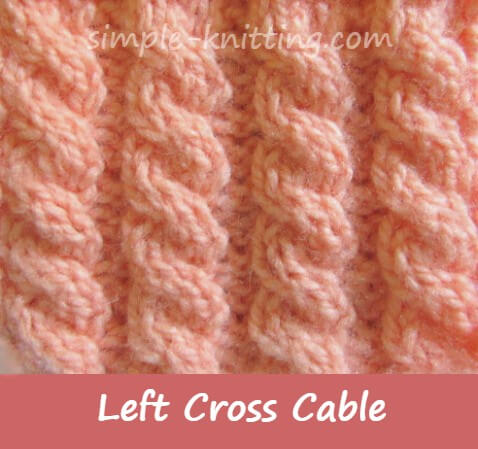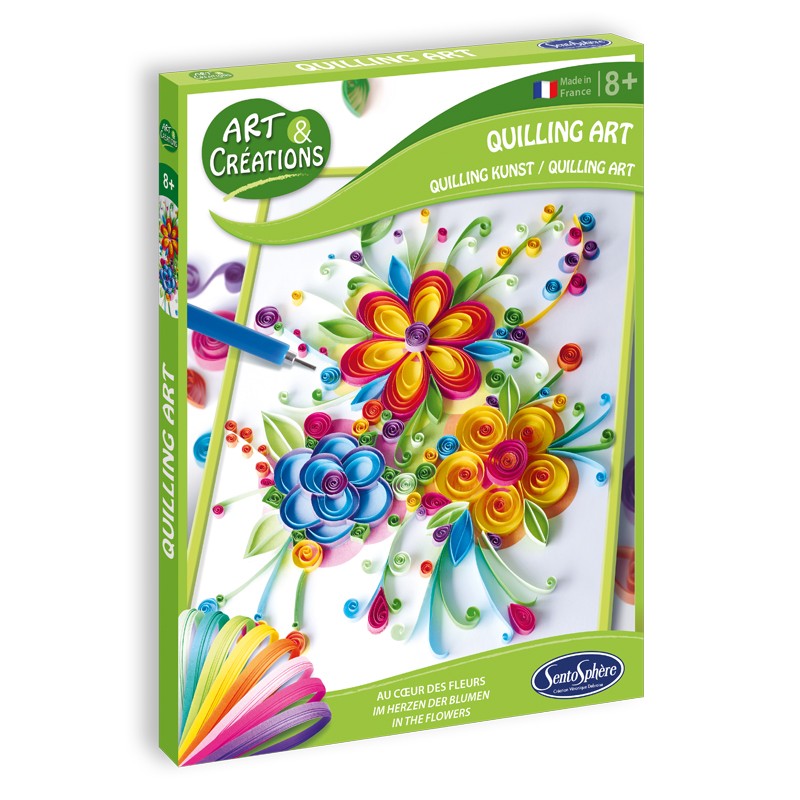
The finger knitting method is a simple way to create a cord, without the use of traditional knitting tools. All you need is a pair or fingernails, and some wool. This article will help you learn how to finger-knit. How to cast on, make rows for shaping, decrease stitches, and finish a fingers knit will be covered in this article. If you're a beginner, you'll find it easy to learn and use. You'll be knitting in no time if you follow the instructions.
How to cast on
There are two methods of casting on a knitted finger-project. To create a new row, the two-strand caston uses two strands. The one-strand, cast on method uses only one yarn strand. Either of these methods will add a row in your project, without taking much time. Both methods are simple to learn and easy to apply in your knitting project. It will depend on which project you're working on.
To begin a finger-knitted piece, first remove any unfinished stitches from the edge. The stitch should fall below the purl bump. If the stitch is too loose the piece will appear uneven and have holes. Use two needles or a larger one. You can wrap one needle around each finger if you're unable to do so.

How to make rows
Begin the first row by wrapping the yarn around the index finger. You should see the image in Fig. 4. Now, lift your finger's lower loop above the top row. This will create long stocking stitches. Repeat this process across the row. Place the end to finger knitting yarn under the loops. The row is completed. The second row is now complete. Continue on until you reach the end.
You can then repeat steps 1 through 4 again. You will need to weave in any loose ends once you have reached the end of each row. For weaving, leave at most ten feet of yarn. Continue this process until you have at least 10 feet of yarn. When you finish, you will have a finished blanket that measures about 16" x 10".
How to decrease the stitches and add shaping
The first step in decreasing stitches in finger knit is to make sure that your pattern is still in the round. This is done by joining knitting in the round using the left needle. Next, take the left hand of the first stitch and slip it onto the right side. To continue knitting, you may need to make several rounds of the same pattern. If you're new at knitting, this may prove difficult.
There are many methods to decrease the number of stitches in knitting. It can be done at the beginning, end, or between rows. When decreasing stitches at the end of a row, you can use the K2TOG method. K2TOG technique is the most used. This involves knitting two pieces of yarn together and then knitting your last stitch. Another way of decreasing a stitch? Knitting the last one.

How to finish a finger knit
Finger knitting is possible in several different ways. To begin, place the working yarn on your pointer nail. Next, place the working yarn on your pointer finger. To secure the yarn, slide the end of the yarn under the loops. Continue this process with the second finger. The result will be a tight knot. This will wrap the finger in a soft knitted cord. Afterward, slide the end of the yarn under the loops to close the finger knit.
Then wrap the yarn around your index finger. It should look something like the image shown in Fig. 4. Lift the bottom row and place it on top. The finished finger knit will have an extended strip of stocking. Place the right side of your hand on the back. Once you are satisfied with your finger knitting, slide the loops onto the finger.
FAQ
What kinds of hobbies are appropriate for introverts.
The ability to focus on just one thing is a hallmark of introverts. They enjoy solitude and prefer to read, write, play music, watch movies, etc.
They also enjoy spending quiet time alone. They do not like to socialize all day. They can even become bored when they're surrounded by people.
Introverts may choose to do hobbies that are more alone-oriented. Introverts may love reading books, listening and/or playing music, or painting, drawing, writing poetry and taking photographs.
Introverts may even prefer to live alone. They are able to concentrate on their hobby while not being distracted by other activities.
What does a hobby cost?
Hobby costs nothing except time. If you're serious about it, however, it may take you many years to reach your goals.
However, there is something that can help. It's called 'passion.' If you have passion for whatever it is you do, you will find it easier to put in the hours required to make progress.
And once you start putting in those hours, you may find that you become addicted to the activity. Here is the fun part! Because now you are doing something you enjoy, and you are getting better at it all the time. By the end of the year you'll have probably made a lot of progress.
So don't worry too much about how long it takes. Just go ahead and try. You may be surprised!
Is it possible making a living as a hobby?
Not necessarily.
You could be wealthy if you have a passion for starting your own business.
Let's assume you like cooking. You enjoy healthy food so you opened a restaurant.
Customers are charged a small fee for organic food made from scratch.
As you build your clientele, you eventually hire employees to help you.
You may eventually add vegan dishes and gluten-free options to your menu.
In this scenario, you've created a successful business that has allowed you to live the type of lifestyle you wanted.
Of course, this doesn't mean you must give up your day job.
Instead, you could run your restaurant while still working your regular 9-5 job.
Can I make money from my hobby?
You can have many hobbies that lead to extra income.
If your hobby is a passion, you may be able to sell related items.
For example, if you collect stamps, you may want to set up a website selling rare stamps.
This allows you to make additional income, without having the hassle of actually purchasing and selling stamps.
Another option is to start a YouTube channel in which you discuss your hobby.
This allows for you to share your passions with others and can potentially generate additional income by providing premium content.
Statistics
- I am 100% biologically a woman (discover.hubpages.com)
- This 100% accurate personality-analyzing hobby quiz discovers your passion based on your characteristics. (quizexpo.com)
- Almost 80% of people claim to have no hobby. (hobbylark.com)
- Studies show that just six minutes of reading can reduce stress levels by 60 percent. (oberlo.com)
- In comparison, men in the “no humor” condition were refused 84.6% of the time and were only accepted 15.4% of the time. (time.com)
External Links
How To
How do you start woodworking?
Woodworking can be started in many different ways. It is possible to use power, hand or a combination. The most common tools are saws, drills, sanders, and routers.
Once you decide what kind of project you want to build, you should choose the right tool for the job. A router, table saw or drill press is all you need to create furniture. For building something like a picture frame and cabinet, you will only need a circular or miter saw. A jigsaw, a router, a band saw, a drill press, a router, a table saw, a band saw, a nail gun, glue, clamps, nails, screws, glue, etc.
For help in choosing the right tool, ask at your local home improvement store. You can also go online to find websites dedicated to this hobby. These sites often provide tips on how you can buy the best tools to do the job.